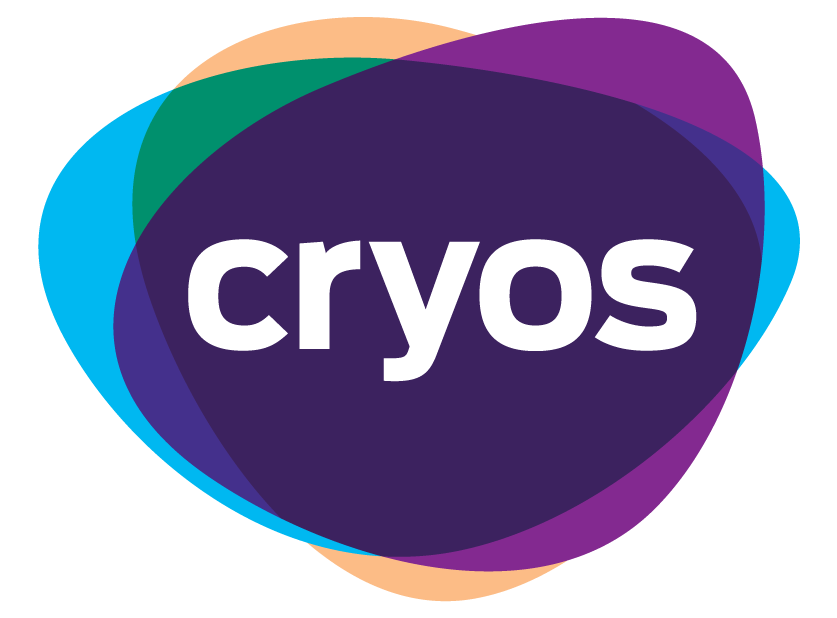2D/3D Analysis | Foot Morphology

published on 23/04/2018
Custom-made orthotics are created by taking impressions of the feet. Precision is of the utmost importance in achieving the intended results of the treatment. While there are several impression taking techniques, some have been proven to be more effective and increase the quality of orthotic devices. Read on to get a foot specialists opinion on 2D and 3D impression taking techniques
WHY DOES A DPM TAKE FOOTPRINTS?
Following the diagnosis, the DPM will prescribe the treatment necessary to correct the problem. In order to make custom orthotics, the patient’s footprint, in the corrected position, has to be taken. The footprints will then be sent to the laboratory where specialists precisely manufacture the orthotics: the better the footprint taken, the more effective the treatment.
WHAT IS A THREE-DIMENSIONAL FOOTPRINT?
3D impression taking involves a process where an image of the feet is captured by a three-dimensional scanner. The technology recreates the morphology of each foot with unparalleled precision, and the end result perfectly represents the feet with regards to volume, size, and spacing.
WHAT IS A TWO-DIMENSIONAL FOOTPRINT?
2D footprints are captured using a podograph. The morphology of the feet is illustrated by a podography, which shows the foot surface and the position of each foot when it is flat on the ground.
WHAT ARE THE TECHNIQUES FOR TAKING IMPRESSIONS?
Taking foot impressions can be accomplished in a number of ways, depending on the DPM’s approach. The most commonly used techniques involve footprints taken under full weight, semi weight or non-weight bearing positions.
- Full weight impression: the patient is standing when the doctor takes the impression
- Semi weight impression: the patient remains seated while the doctor positions the foot and applies a load to the foot
- Non-weight impression: once the feet are positioned properly in the air, the doctor captures the impressions using plaster, foam, wax or a 3D scanner.
WHAT IS THE MOST EFFECTIVE METHOD?
3D foot impressions provide greater accuracy compared to 2D impressions. There is a greater degree of precision and information that facilitates the manufacture of the foot orthotics. In addition, the risk of human error resulting from manual processes is greatly reduced when using 3D technology. It’s important to know that a footprint that does not properly represent the morphology of the feet will greatly reduce the effectiveness of foot orthotics over both the short, and long term.
WHAT ARE THE ADVANTAGES OF TAKING 3D FOOTPRINTS?
The 3D footprinting method is unique in the world, and it provides a huge benefit for both doctors and patients. Its accuracy makes it possible to produce high-performance dynamic orthotics to more effectively treat foot conditions.
IMPORTANT INFORMATION TO BE CONSIDERED BEFORE THE PURCHASE OF FOOT ORTHOTICS.
Custom-made foot orthotics are a highly tailored treatment that evolves over time. The best devices on the market stand out because of their flexion-extension movement, comfort, size, and versatility. Because these devices are designed to work in harmony with the foot without restricting movement, Cryos dynamic orthotic devices have been qualified as some of the most adaptive devices on the market. This advantage is made possible because of the use of 3D impression taking systems and a semi-weight impression taking technique that provides superior precision in capturing the morphology of the feet.
Your choice of doctor is equally important, since their role in guiding patients towards the best solution to treat their condition is critical. Before choosing to use orthotics, you have to select the right medical professional to identify the issue, answer your questions, and meet your expectations. This will help you to better understand the benefits of orthotics, and the progression of your treatment in both the short and long term.
Keywords: Foot orthotics / Flat feet
Frédéric Gremillet, DPM
Graduating from the College of Podiatric Medicine in Philadelphia in 1996, Dr. Frédéric Gremillet, DPM, is passionate about foot health. Since 2003, he has conducted research and development work on posture, as well as the technological innovations in materials, design, and leading edge manufacturing processes for the improvement of orthotic devices. He is highly attentive to the development and future of his profession, and mentors and trains students from l’Université du Québec à Trois-Rivières during their Podiatric Medicine internship. He is also a contributor to biomechanical training at the Chiropody program at the Michener Institute in Toronto. A great athlete in his own right, he has a particular interest in the proper posture and performance of athletes and has studied and trained on the assessment and analysis of runners. His community involvement includes coaching youth soccer and hockey in Candiac.
- 9 Boulevard Montcalm Nord
- Candiac, Québec, J5R 3L5
- 450-659-9011
- Website
